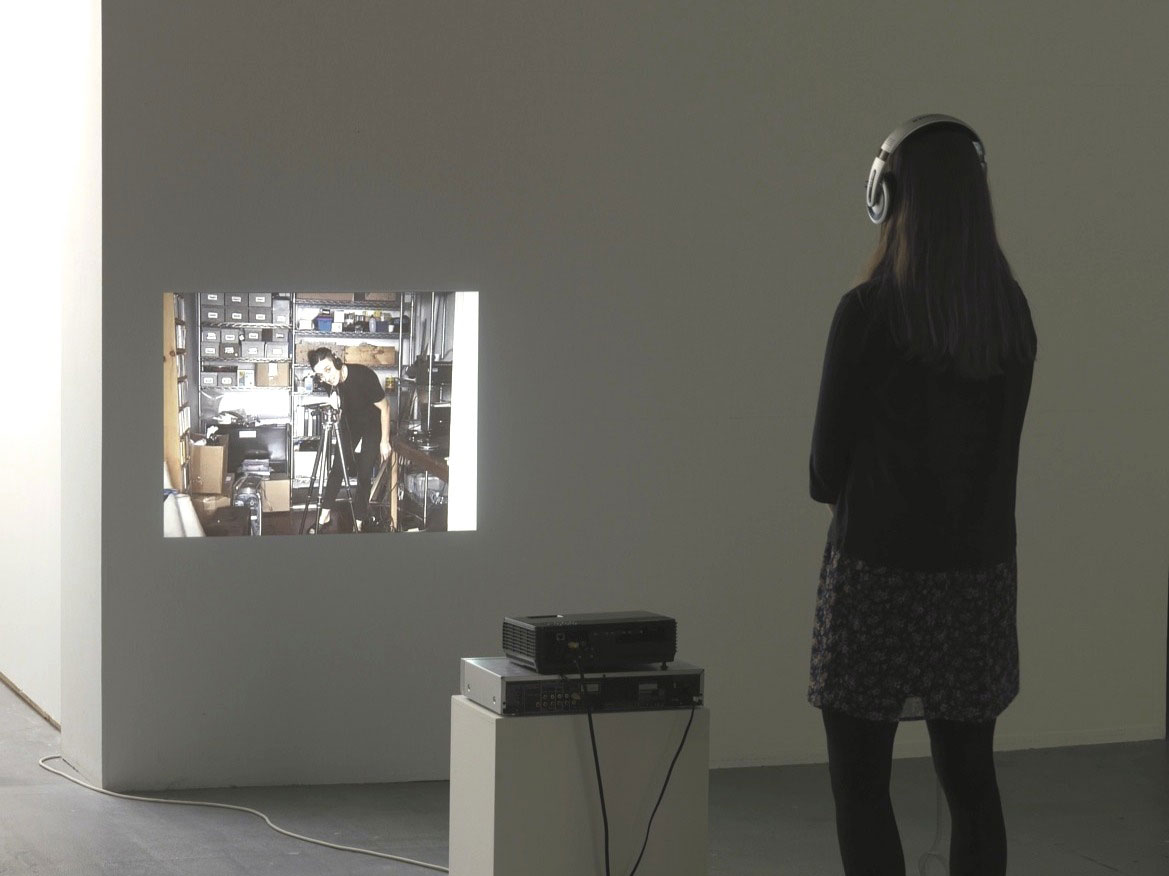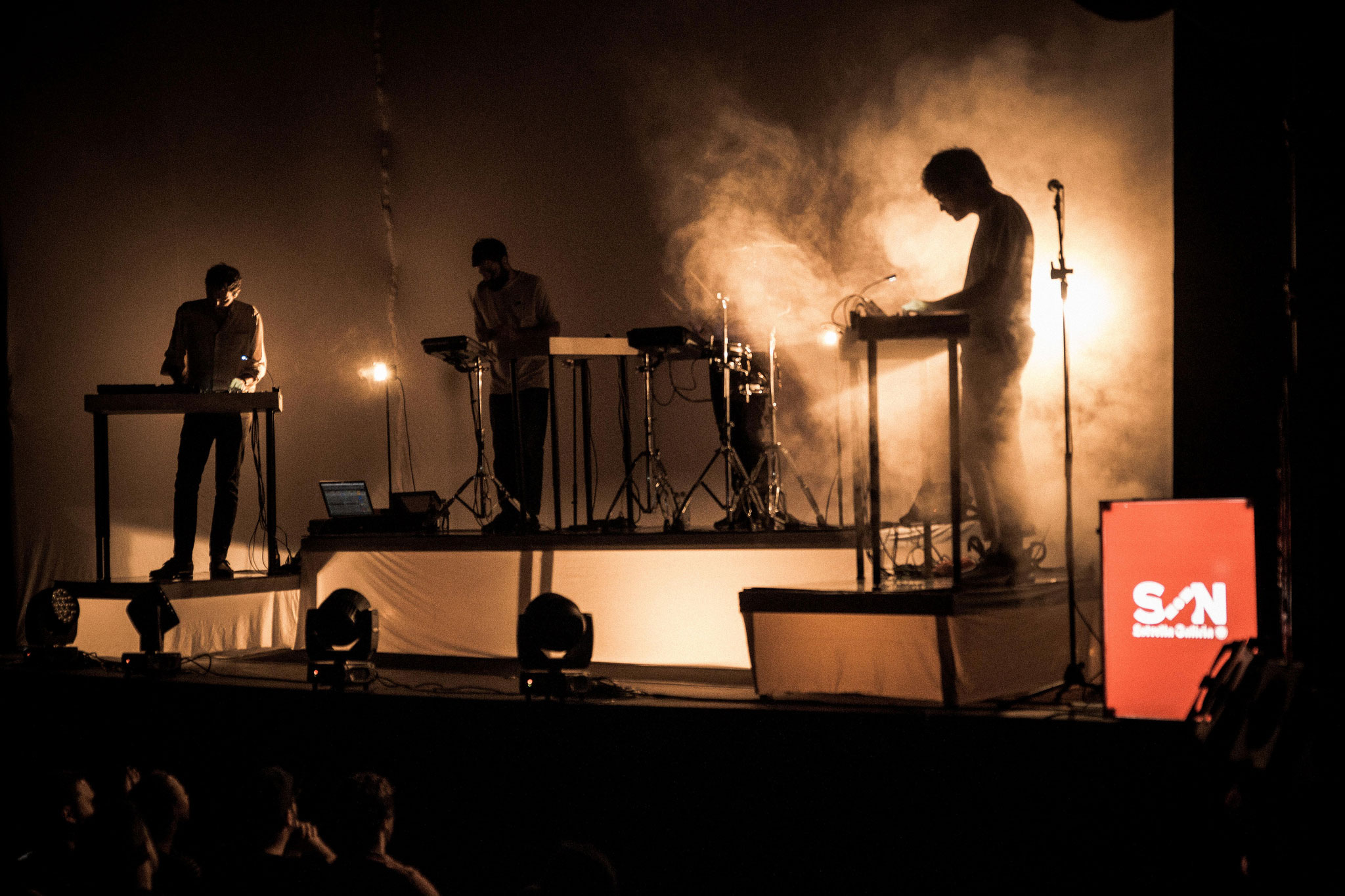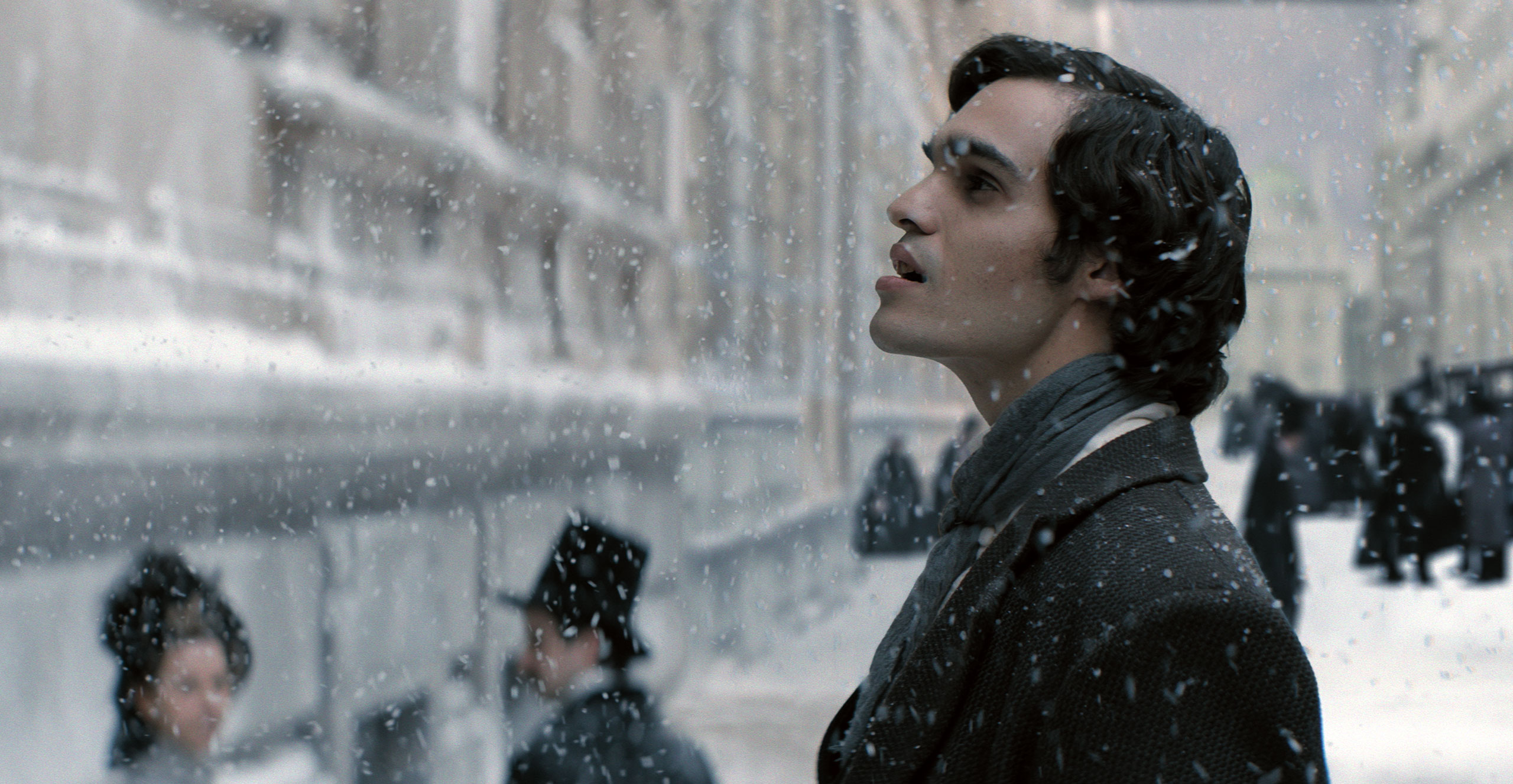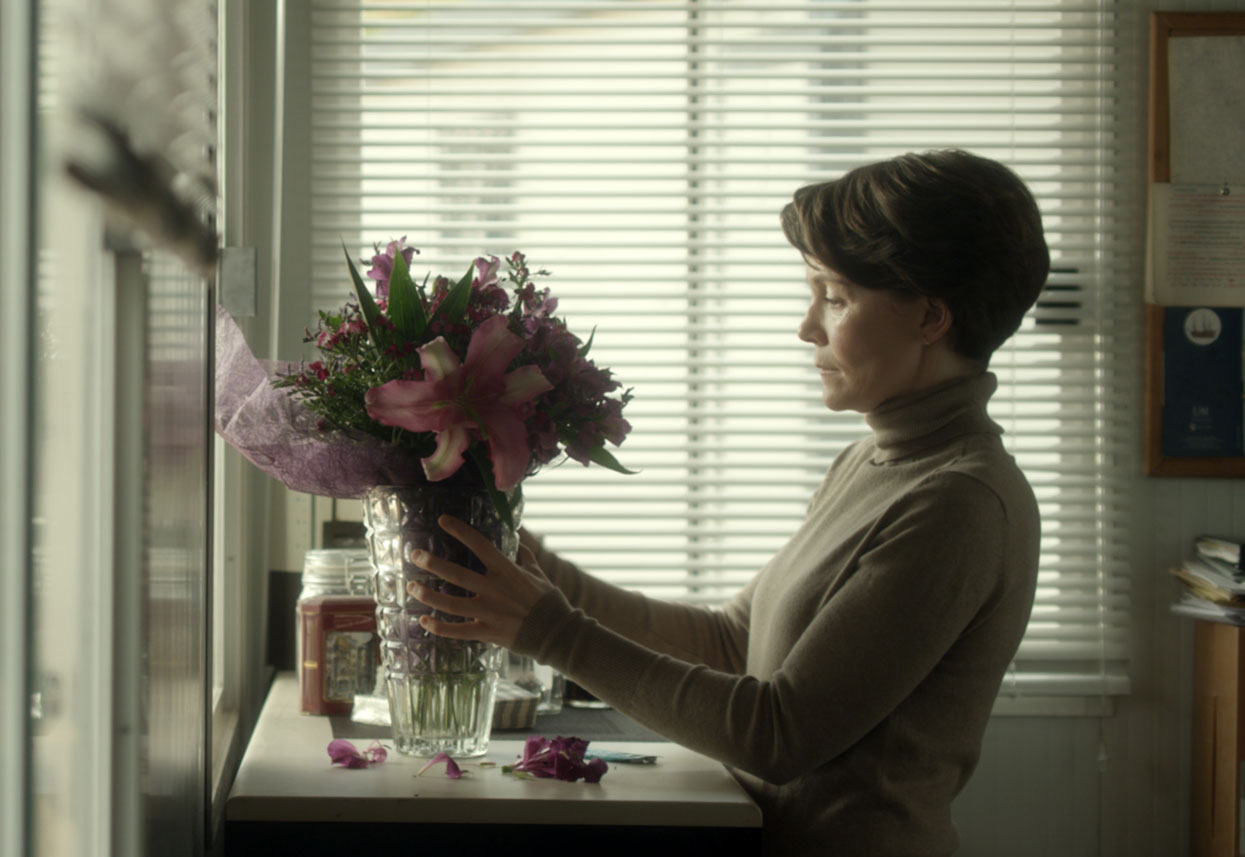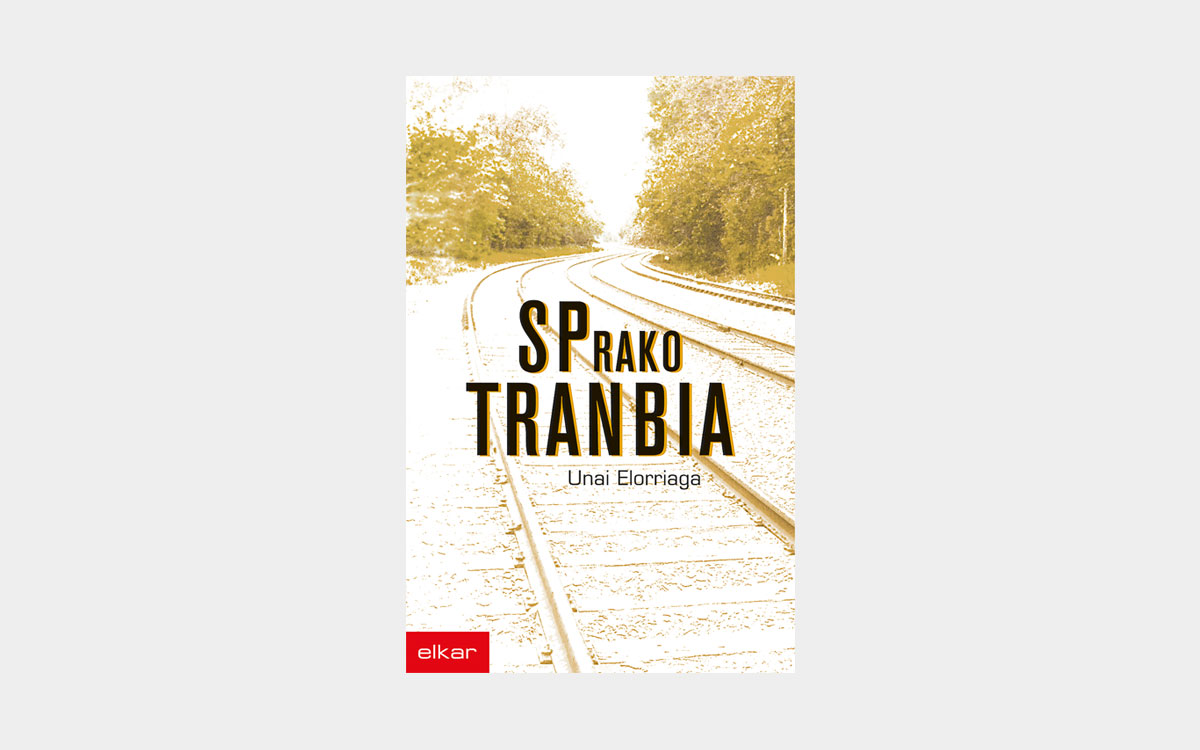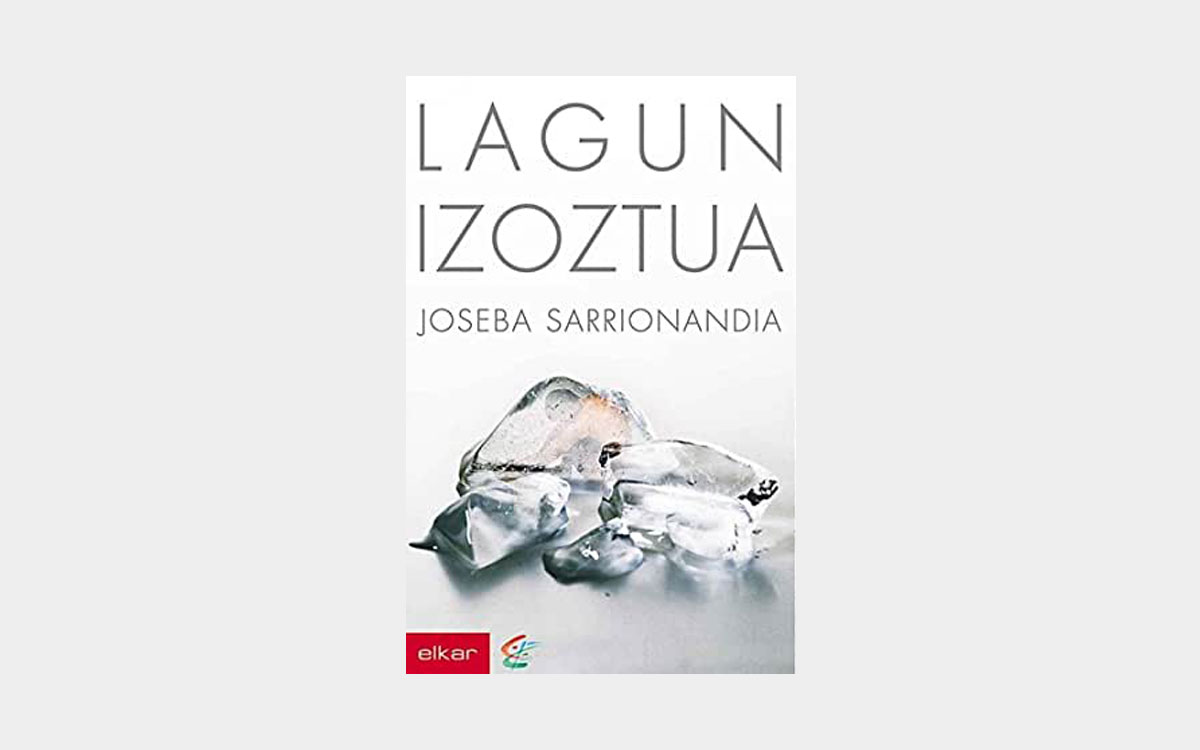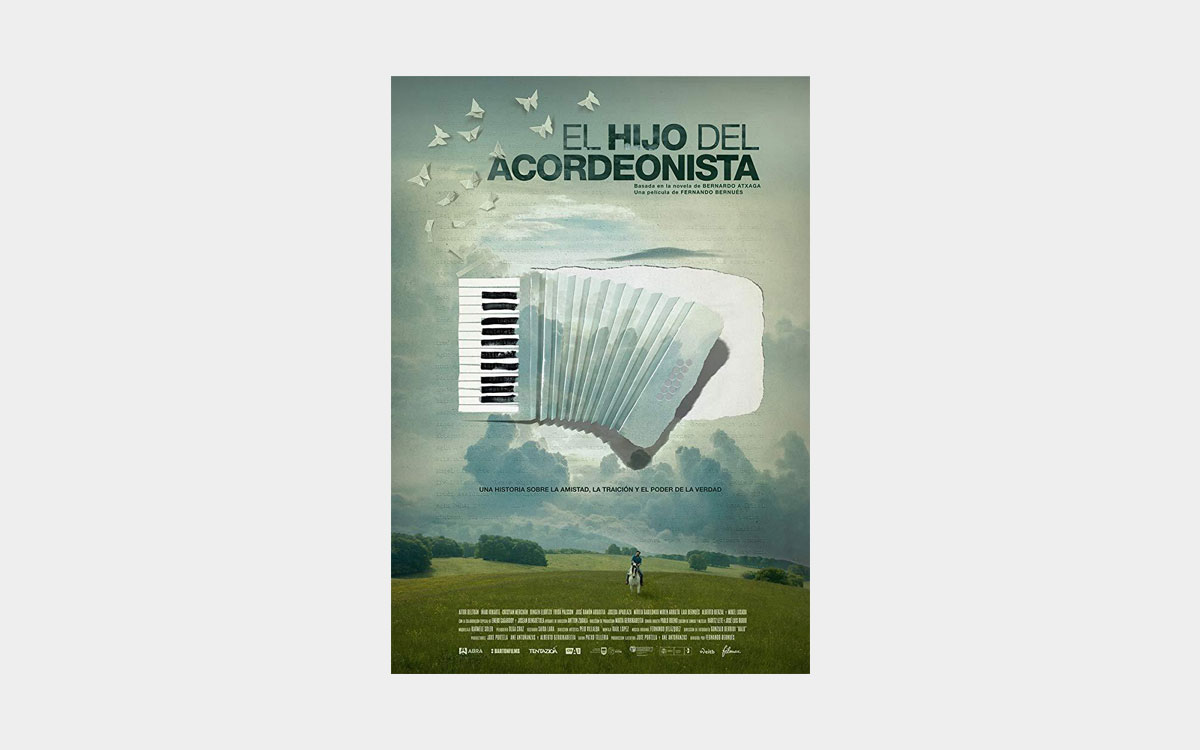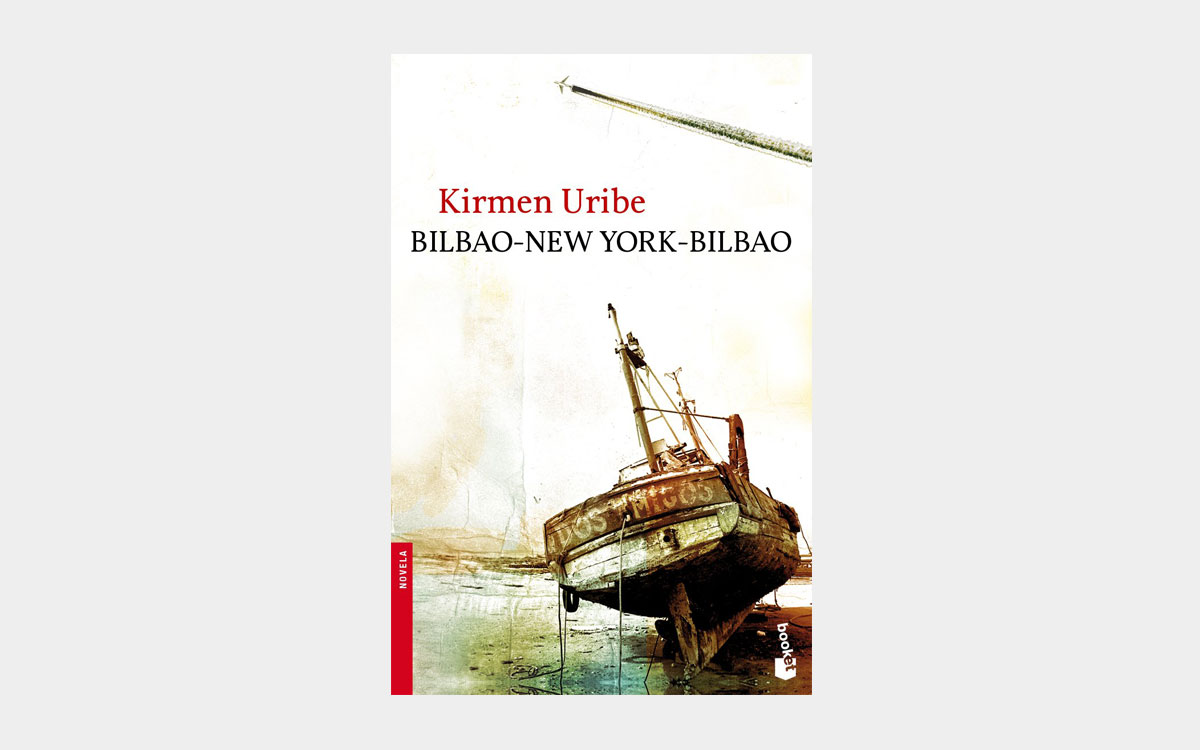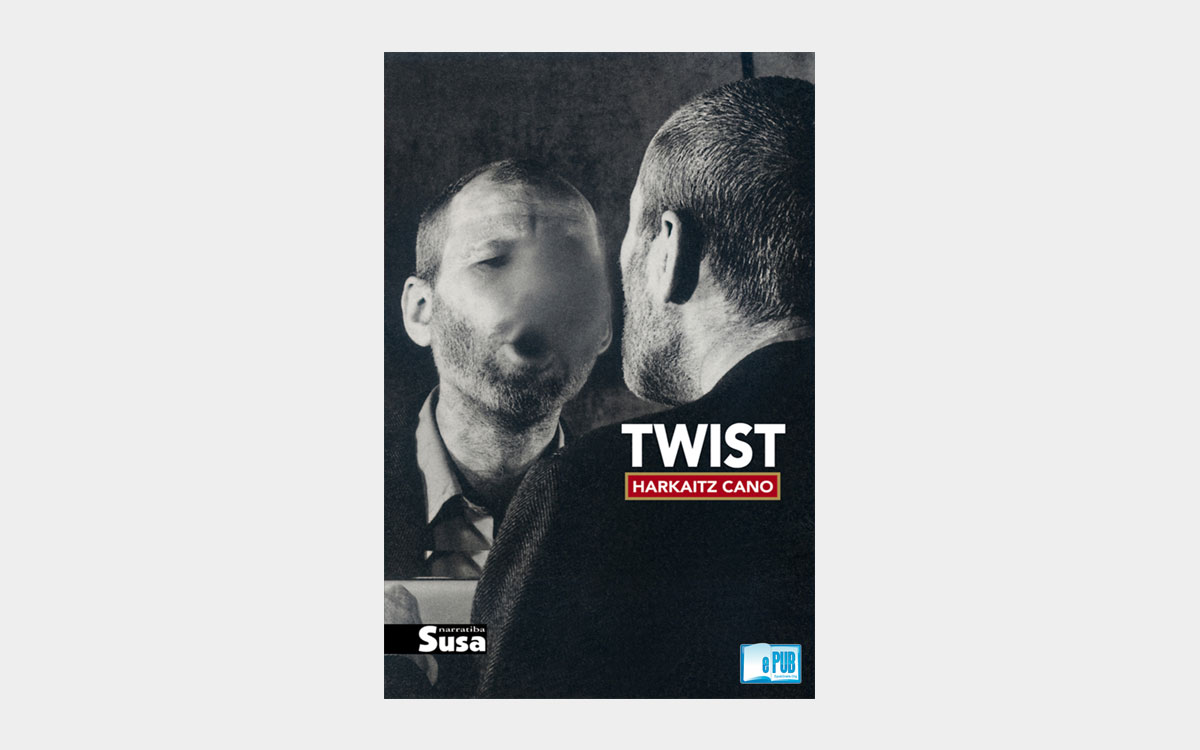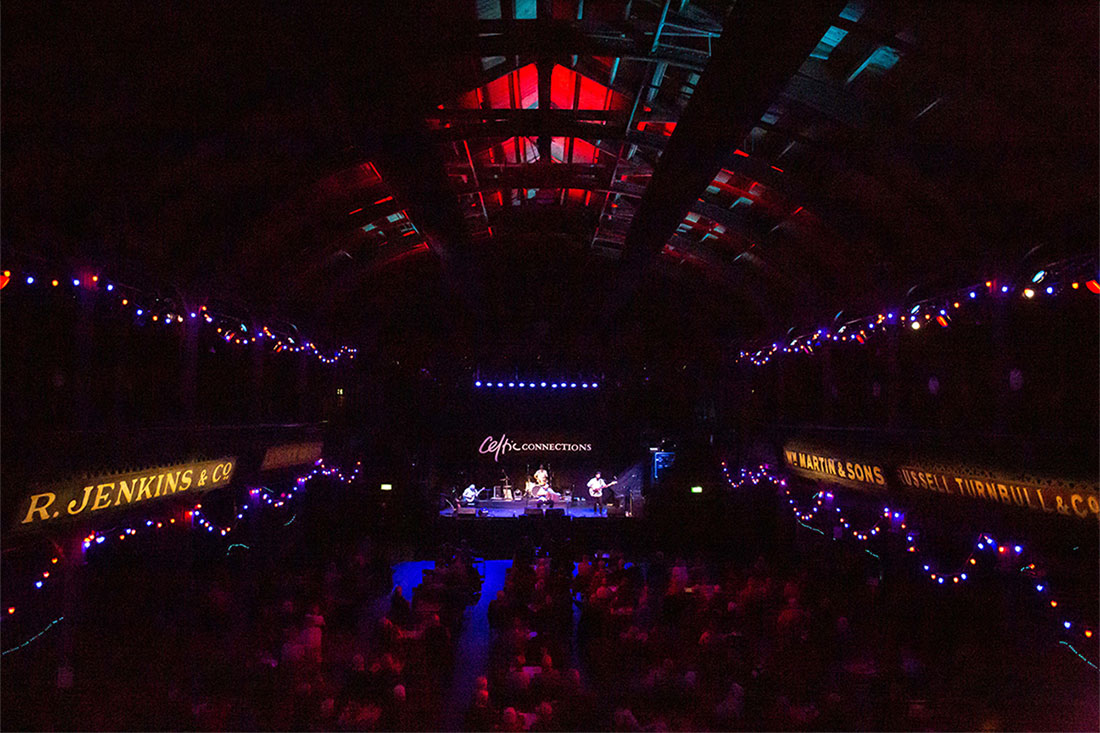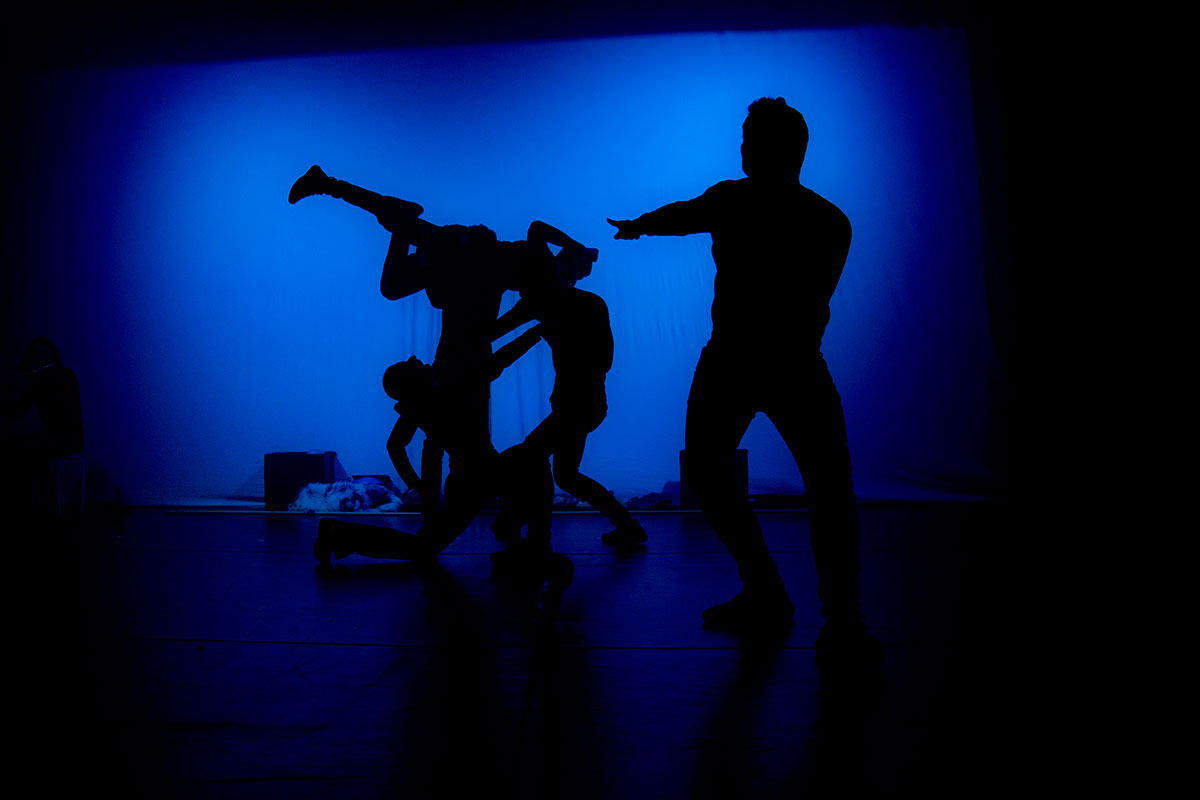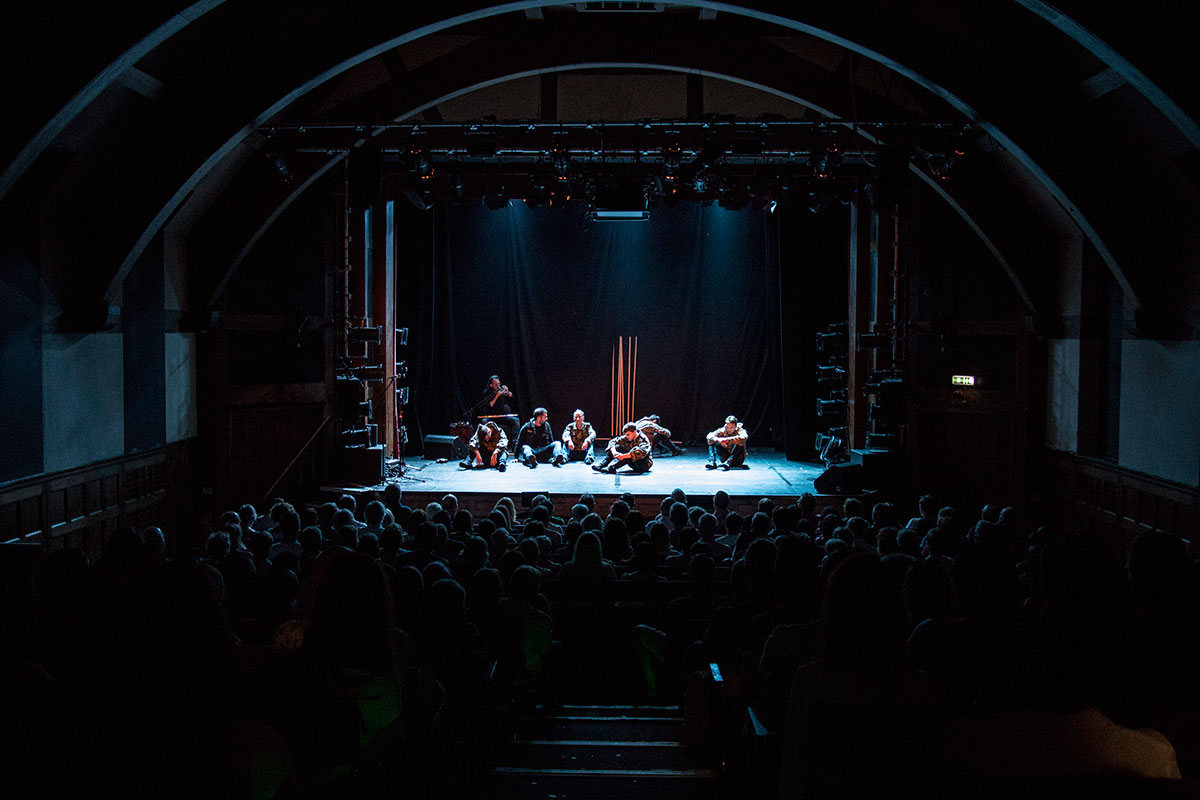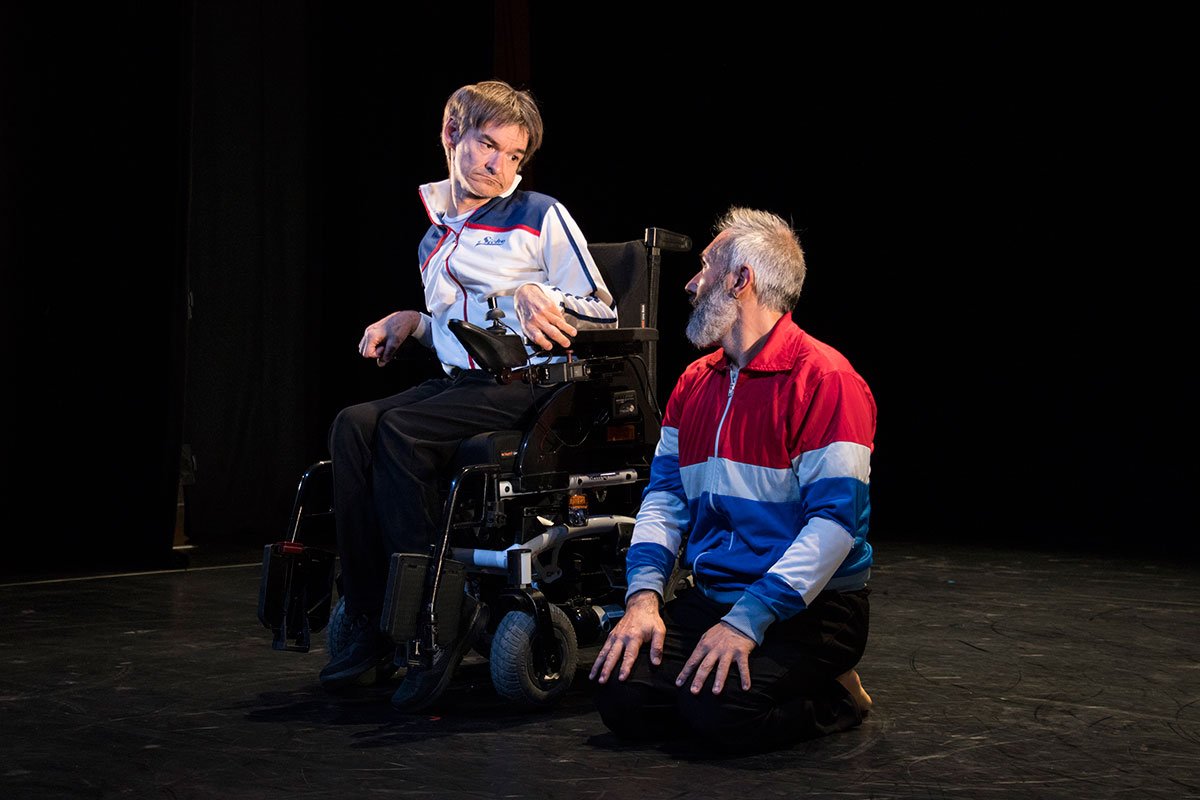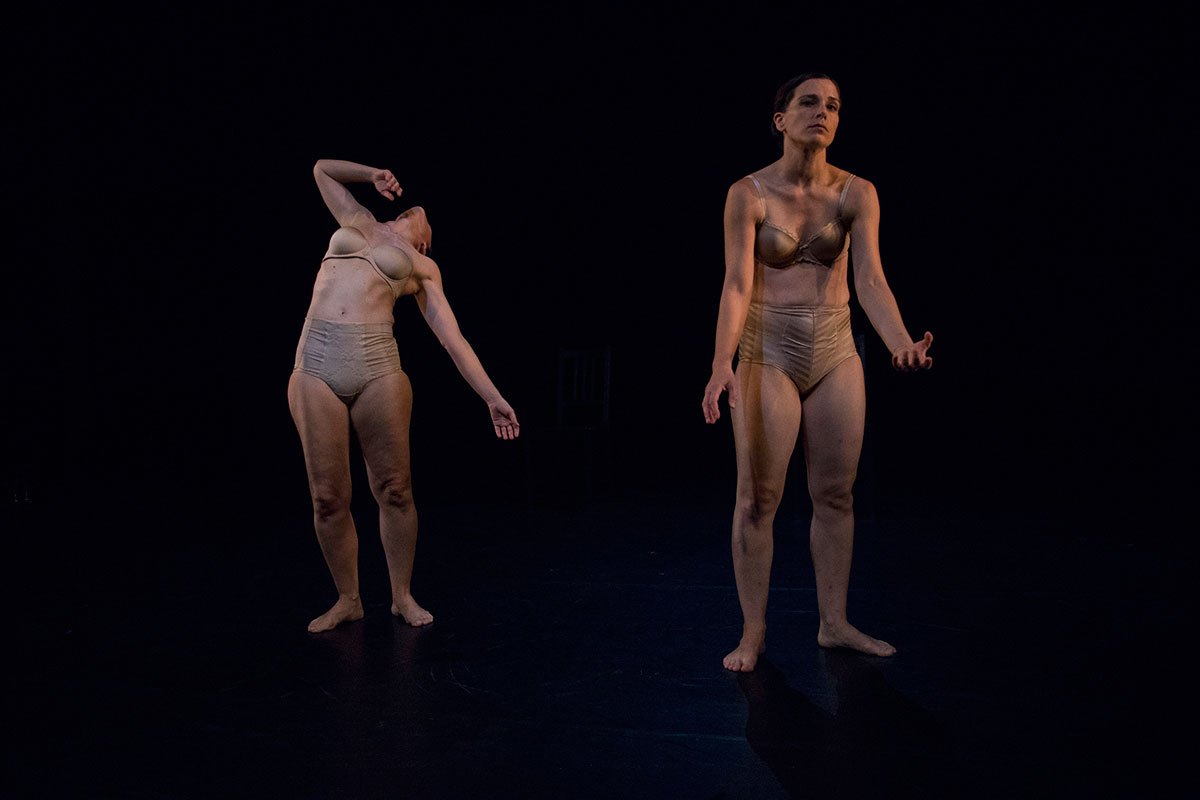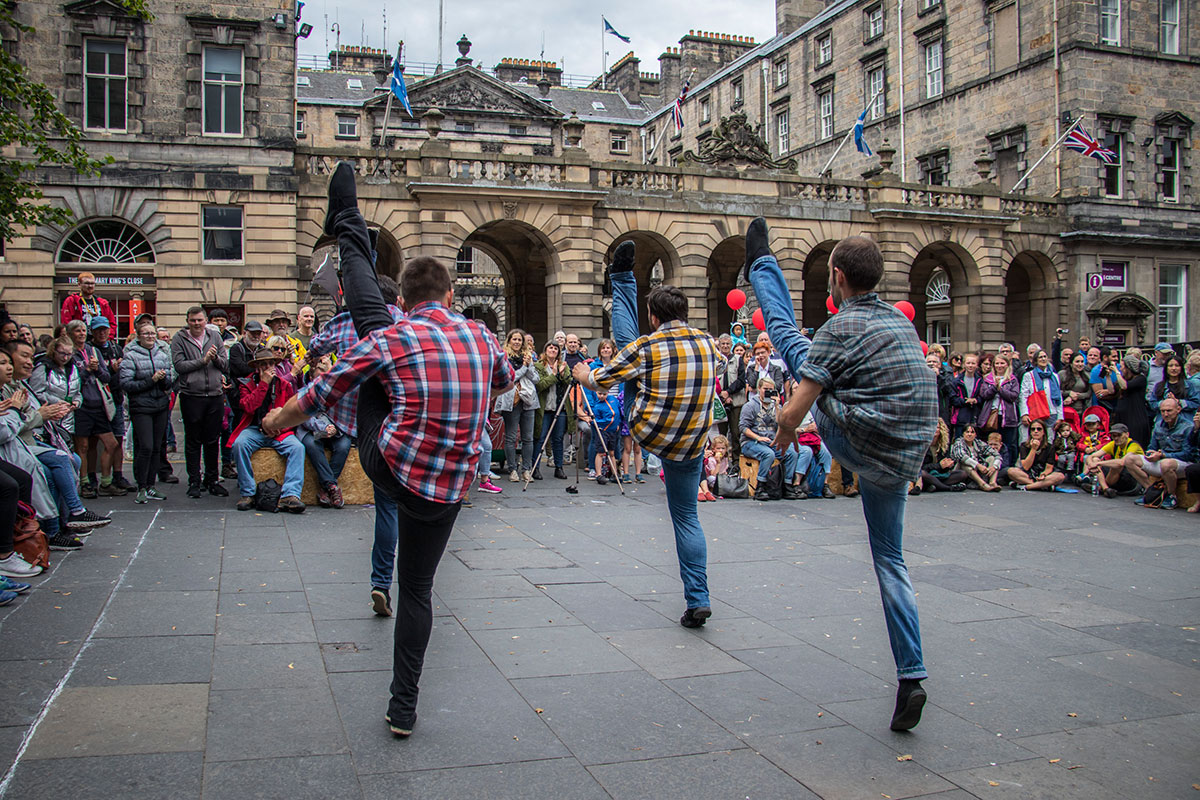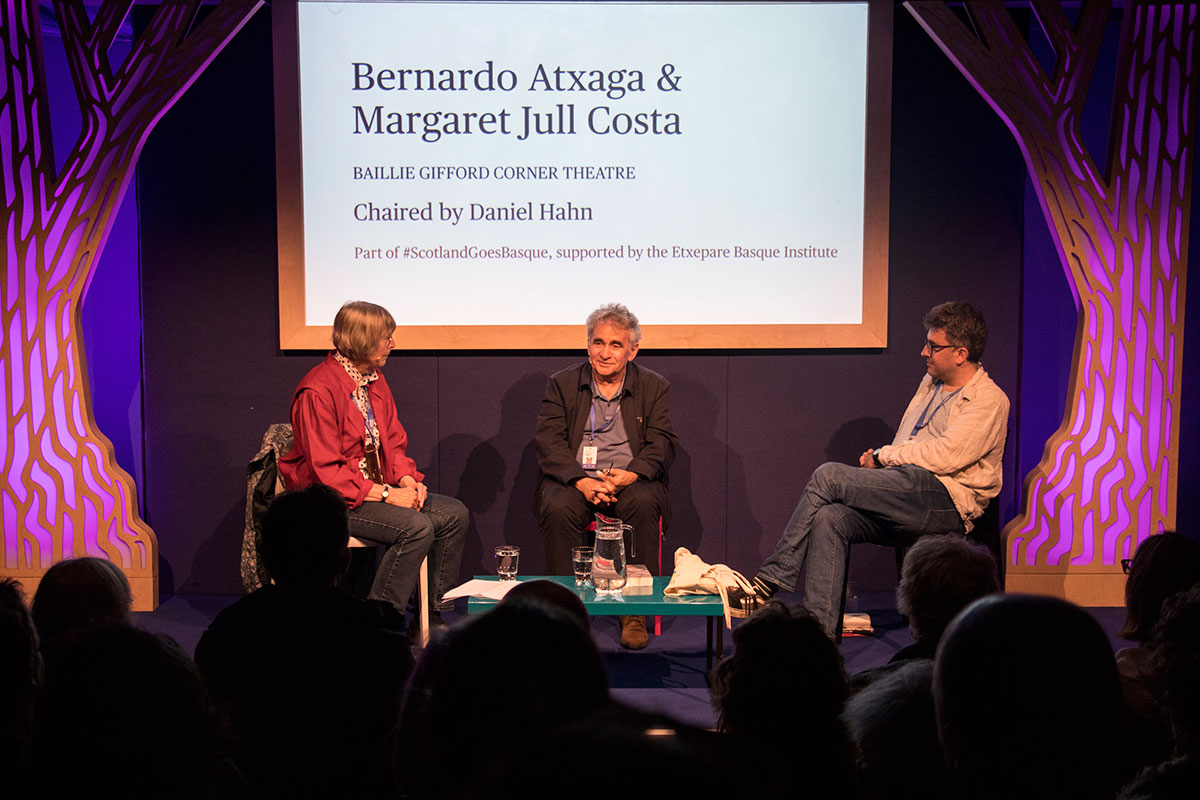Welcome! Come on in! Come into the theatre and sit down. Choose your seat, your space, your window. Define your boundaries. Your spaceship, your universe, your perspective. Get ready to travel into the depths of Basque theatre. Mould your improvised corner to your satisfaction, until you feel comfortable.
Come in and choose your place in the pelota court, in the cultural centre or in the famous theatre; on the street corner, in the gaztetxe youth centre or in the town square. Come in and take a seat, we’ve planned a journey for you: a trip into the interior of the Basque stage. Travel with us through the veins, the threads and the knots of Basque theatre. Discover the stars, satellites and constellations of Basque theatre. Relish, smell its entrails, its lungs, its relics and its contradictions. Play with us. Play from your corner, your blood, your knowledge, your culture. Deck out the spirit with longing and make Basque theatre your fancy for a while. Open your door, the eyes of your heart to us. Dear spectator, we welcome you into our theatre. The show is about to begin!
‘Come in and take a seat, we’ve planned a journey for you: a trip into the interior of the Basque stage.’
Look! The curtain’s going up, the curtain of the Basque stage. It can be found on the outskirts and in town centres, coastlines, fields and plains. The geography of Basque theatre is multicoloured. Basque theatre is diverse. Respectful. Responsible and with social values. Always attentive towards the people and its language. The attachment to Basque theatre is the desire for Basque culture, the love for it. Basque theatre is a simple snapshot of the Basque essence: things learned from yesterday, revived by lovers, enriched by contemporaneity. The repertoire is long. Too long to be able to list it all here… We’re going to recommend a few spaces. Dip your hand into the bag and fate will choose today’s stage! Open the map and… there you have the stops! The stages! The spots! The journey is about to begin!
1st STOP:
To start this tour, I want to invite you to Harri Xuri in Louhossoa, Labourd. The Harri Xuri Theatre is a bastion of different residencies and premieres since 2009. A thoroughly pleasant place. Even so, there’s always something that particularly stands out: uniting Basque territories and dialects, three companies – Artedrama, Axut and Dejabu – offer a new take on theatre. I don’t know if they’ve brought it back to life, but the fact is that they’ve moved the audience. And lately tickets for all performances are regularly sold out. They put on a new show every two years. If you can, make the most of the opportunity and see for yourself. It won’t leave you indifferent, that’s for sure!
2nd STOP:
Just over the border inside Gipuzkoa, since 2008 Renteria’s Mikelazulo cultural association has been organising the Eztena performing arts festival. Its hub is located at Beheko kalea 4. There, year after year, salsa, games, performances, genres and experimentation have taken turns in the intense month of June. Visit the cave, liberate your body, ties, reason… and get down to enjoying yourself with theatre lovers!
3rd STOP:
Wherever there’s salt water, that’s where the outing will head. To where? To San Sebastian. Graceful on canvas, where the sea embellishes the city. This is the setting since 1912 of the prestigious Victoria Eugenia Theatre, built with elegance on the banks of the Urumea River. The theatre has more than 900 seats facing the red velvet curtains. Come on in. Come in and take a seat. Today, 27th March, World Theatre Day, the Donostia Theatre Award will be presented. Like every year, the best play in the Basque language performed in the city will receive the award and the recognition. Emotions and smiles, hugs and kind words pronounced between colleagues of the profession. Today the red carpet is theirs.
However, thespians from San Sebastian have always referred to the Principal Theatre in the Old Town as their local favourite. Basque theatre owes a great deal to this space open since 1843. So many dreams, anecdotes and curiosities… So many memories, stories, events… experienced in this theatre. However, today the young people, the dyed-in-the-wool Basque speakers and the refined spectators of the 21st century head for the Gasteszena in the district of Egia to watch Basque theatre. It would seem that it has a very interesting programme.
4th STOP:
Azpeitia, smack bang in the centre of Gipuzkoa, will host the 27th edition of the Encuentros de Teatro in November. The Soreasu Theatre is the direct witness of all these years. Even when it was said that Basque theatre was on the point of disappearing, it clung to its dream. Thanks to these encounters, Basque theatre has received well-deserved admiration and respect, even in the years when it was at its lowest ebb. Following an exercise in perseverance, today this renewed theatre houses interesting premieres every year.
5th STOP:
From Gipuzkoa we make the jump into Bizkaia to meet at the Durango Fair. Make the cultural appetite and resolve, the popular identity your own; fill your pockets and pile everything into your backpack. A fabulous opportunity to spend a great day. To discover the areas, borders, philosophies and experiments of cultural activity. Because over and above the largely rural environment, the performing arts have their own space going by the name of Szenatokia, managed in collaboration with the Basque Theatre Lovers Association – EHAZE. Szenatoki’s meeting point is the local San Agustin Hall – a former church turned theatre – where you’ll find an interesting programme which every year includes new events related to the performing arts, innovative plays, launches, conferences and round tables.
6th STOP:
A few kilometres from here, in the little town of Aulesti, the Artedrama Laboratory (ADEL) takes place during Easter week. A space of experimentation for bodies, voices and communal creative processes at the different classes running throughout the week. A meeting point between actors, directors, authors and lovers of the performing arts world, a place to share experiences, opinions, goals and strengths. With artistic exchange as their bottom line, here the programme is packed with cutting-edge theatre performances. Legend would have it that once you’ve discovered this experience, you’ll want to repeat it.
7th STOP:
A few kilometres from here, in the little town of Aulesti, the Artedrama Laboratory (ADEL) takes place during Easter week. A space of experimentation for bodies, voices and communal creative processes at the different classes running throughout the week. A meeting point between actors, directors, authors and lovers of the performing arts world, a place to share experiences, opinions, goals and strengths. With artistic exchange as their bottom line, here the programme is packed with cutting-edge theatre performances. Legend would have it that once you’ve discovered this experience, you’ll want to repeat it.
8th STOP:
The road continues into Álava. Here you’ll visit Vitoria’s Baratza Hall, with its three theatres. Having opened its doors in 2013, this welcoming venue has since proceeded to unite myriad creations, interdisciplinary projects and artists from different spheres. Throughout the year it runs events including shows, seasons, courses and exhibitions, to the delight of those who live in Gasteiz and the satisfaction of their curiosity for the audience. It also offers grants for residencies. For those wishing to discover the innovative arts as a family, Baratza is a must.
9th STOP:
Our trip is now coming to an end: heading for Navarre we’ll stop at the Escuela Navarra de Teatro in Pamplona’s Calle San Agustín. Choose a show from the Antzerki Aroa programme and make your way to this theatre known for its special charm. Get yourself a drink from the outside bar and enjoy the experience!
10th STOP:
Open your eyes. Breathe in the fresh air. The compass is directing us towards the north-east. We’ll follow leafy paths taking us to Soule, a marvellous stronghold of small hamlets. To the area where traditional theatre spans the period between the 16th and the 21st centuries. A visit not to be missed by historians and researchers. Although they sometimes put on a pastorala, libertimentua, tobera… today the play is a Maskarada, performed right there in the village square (a different one every Sunday) by the locals – people from the village who have taken up the baton for the year. The mouths of the inhabitants pronounce a sweet Basque dialect. Although we’re in winter, they look towards the spring. The birds trill and the Txorotxas sing. The graceful gorri dancers perform their nifty leg movements. Meanwhile, the ruthless beltzas cause a rumpus on the fringes. This is a true popular celebration and tradition if ever there was one! A tradition and an identity! A rite! History recovered from the past. The local actors are elegantly dressed in red. And the square is the stage: the place where the beltzas in black garb roll out their mischief and focal point for the audience.
11th STOP:
Dear spectator, join us and take your seat, choose your place, your space and your window. Open the map, close your eyes and bring your finger down anywhere you like, because countless villages, halls, performing arts weeks, magical spaces and charming corners are waiting for you that we haven’t been able to mention here. Countless seeds and leaves. The garden of theatre in the Basque Country is acquiring increasingly vast swathes of colour and we want to share them with you wherever they are.
Now pick up your glasses and adjust the graduation, the shadow and the light to your taste. Make yourself at home. Approach us with curiosity: with the desire to experience, to discover and to live. Because theatre is life, a living entity. And now we invite you to be our esteemed spectator, our eager lover. Drink from our voices. From our performances. Feed on our passion. Cry, cherish or laugh until you can’t take any more. Play with emotions, tears and desires, and allow them to spice, soften and perfume your skin and your heart, to be as one with them. Be the star performer in our play. Be our luxury audience. Welcome to Basque theatre. The show is about to begin!






